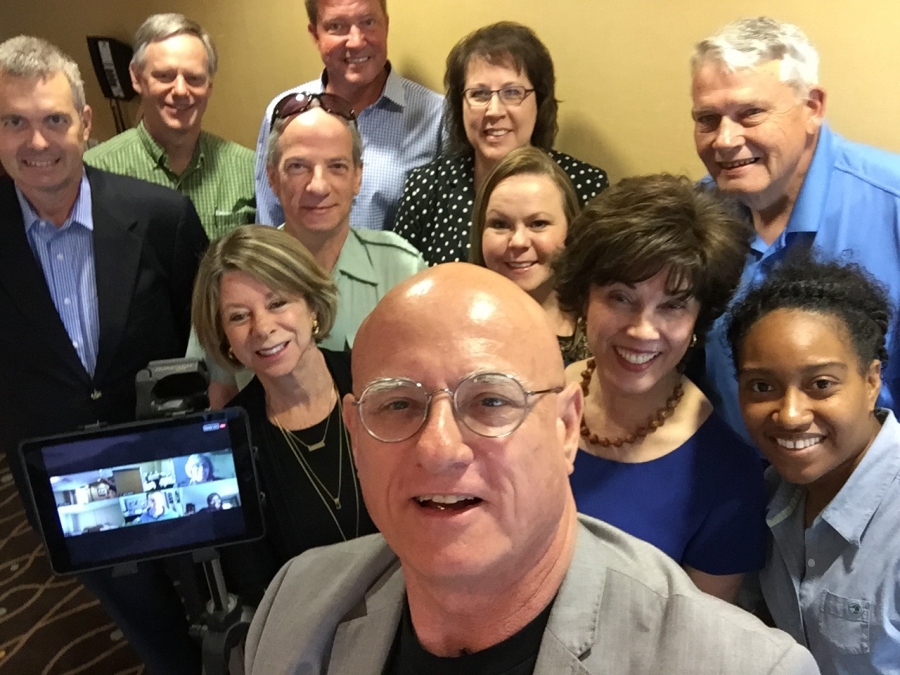[Editors note] this article originally appeared online in
Speaker Magazine. I was asked to share it with my entire community. Enjoy!
Whenever I respond to the question, “What Do You Do?” the conversation immediately takes a sharp turn toward cynicism, “Nobody can make technology work,” or longing, “I wish my technology worked.” Both are accurate, but the truth lies somewhere in between.
Hardware manufacturers, software publishers and the technology press has brainwashed business professionals into thinking that any business challenge can be solved with the immediate application of technology. Definite maybe. So let’s not talk about technology, let’s talk about hammers.
I own an Estwing E3-20S, steel shank, smooth head, open claw, rip hammer. I’ve owned it for 33 years and I have mastered its use. After all that time, the best that I have been able to accomplish is pounding nails. In the end, it’s nothing but a tool.
And so is technology. I’ve invested three decades evaluating, acquiring, learning, upgrading and discarding software. The facts remain, there is too much of it to use it all, something new will arrive at 8:15 tomorrow morning. Most importantly, it’s time to think differently about the technology you use every day.
When it comes to Internet marketing, it’s not about technology; it’s about connecting with people. You need to find where they live on social, what they learn on your website, and why they buy in your online store.
The Essential Elements
The challenge for business professionals is to work with only the best tools for the task at hand. After 30 years helping my clients make their technology work, I believe it only takes five elements.
- Personal Brand – Your brand is more than your fonts or color scheme; it is a reflection of what your customers profess it to be. If you’re not sure, ask them. Their adjectives and superlatives create the fabric of your personal thesaurus. Everything you say or publish from social through checkout must tell the story of your customers’ success. Who are your customers? What do they need? What would you like them to do?
- Acquire – Once you’ve defined your personal brand, this step gets much easier. Instead of chasing everything that’s cool or attempting to keep up with competitors, focus on the tools that help you deliver on your brand promise. Invest your social networking effort where your customers hang out.
- Connect – Reject the manual labor of copy/paste. Choose instead to connect all systems within your Web presence. Leverage information and content to deliver better outcomes, faster. Most importantly, connect with your community. Treat them with respect and dignity. They have a name, and it’s not “Dear Valued Customer.”
- Create – At no other time in history have individuals had the power to influence so heavily. Why waste the opportunity by simply sharing the inspirational quotes of dead people? The world is waiting for your insight. Use your voice to create value instead of noise.
- Master – Choose the right tools and you’ll never have to replace them. Invest the time to gain mastery over the tools in your toolbox. I learned this from a master carpenter named Dean. He arrived for work each morning wearing white bib overalls emblazoned with the red and silver Azola Construction logo. He recommended I buy the Estwing.
.
I wish the same for you.
